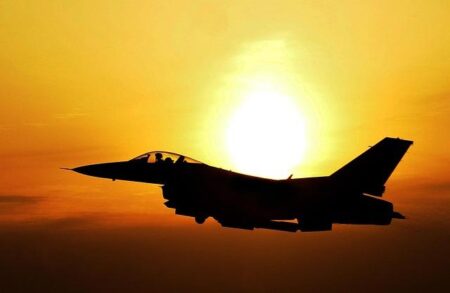Germany, a nation long committed to peace and shaped by a culture cautious of war, is now ramping up efforts to boost military enlistment amid rising global tensions. Yet, widespread resistance among citizens highlights a profound skepticism toward rearmament
Browsing: national defense
A recent Reuters survey reveals a startling truth: only 16% of Italians are willing to take up arms for their country, highlighting a dramatic decline in patriotic fervor amid growing political and social turmoil
The urgency for strong deterrence and defense strategies throughout the Indo-Pacific has reached a pivotal moment. With tensions escalating from Korea to Australia, U.S. and allied forces are fine-tuning their resources and enhancing interoperability to safeguard regional stability, as highlighted in Small Wars Journal.
Italy is gearing up for a significant shift in NATO’s defense spending goals, with expectations that the target will rise to between 3.5% and 5% of GDP. This change comes in response to the growing security challenges facing Europe today. The move is designed to enhance the military capabilities of member states as they navigate an increasingly complex geopolitical landscape
Indra has triumphantly transformed Brazil‚Äôs ground-to-air communications systems, weaving in state-of-the-art technology that boosts operational efficiency and strengthens air defense capabilities. This remarkable upgrade highlights Brazil’s dedication to modernizing its military infrastructure, paving the way for enhanced security and a safer future
Australia’s ‘deadliest soldier,’ celebrated for his unmatched combat skills, has delivered a powerful warning as domestic challenges intensify. As he launches a bold new campaign right here at home, worries about safety and security are rising, calling on citizens to stay alert and aware.
China has voiced its apprehensions regarding former President Trump’s ambitious $1 trillion Pentagon budget, perceiving it as a potential threat to regional stability. Officials warn that this surge in military spending could heighten tensions across the Asia-Pacific, emphasizing the urgent need for diplomatic solutions
Australia has been officially briefed on the U.K.-Italy-Japan Next-Gen Fighter Program, known as AVALON. This collaboration aims to enhance international defense capabilities, focusing on advanced technology to improve air superiority in future conflicts.
Japan’s ambitious missile defense plans are encountering significant obstacles, both domestically and with the United States. These challenges raise questions about the future of Japan’s military posture and its reliance on U.S. technology and support.
Germany’s parliament has passed a landmark package aimed at significantly increasing defense spending. This move is intended to bolster military capabilities and respond to shifting security dynamics in Europe, reflecting a commitment to NATO obligations.
Chinese warships have recently circumnavigated Australia, prompting security concerns among Australian officials. The naval maneuvers, viewed as a show of power, leave the nation feeling vulnerable and raise questions about regional stability and military preparedness.
Germany’s military expansion efforts are ongoing, spurred by heightened security concerns. However, the nation faces significant personnel shortages, hampering its ability to fully operationalize new capabilities. This dichotomy raises questions about future readiness.
A recent Reuters report highlights the concerning trend of the German military’s decline, noting its ageing equipment and shrinking personnel. As political parties debate funding solutions, the urgency for modernization becomes increasingly evident.
Germany’s likely next government is advocating for increased defense spending amid growing concerns about the United States’ commitment to European security. This shift reflects a reassessment of defense priorities in response to global geopolitical tensions.
The NDIA emphasizes that while AUKUS reforms are progressing, significant challenges remain. Effective collaboration, resource allocation, and policy alignment among the U.S., UK, and Australia are crucial for the partnership’s long-term success in national defense.













